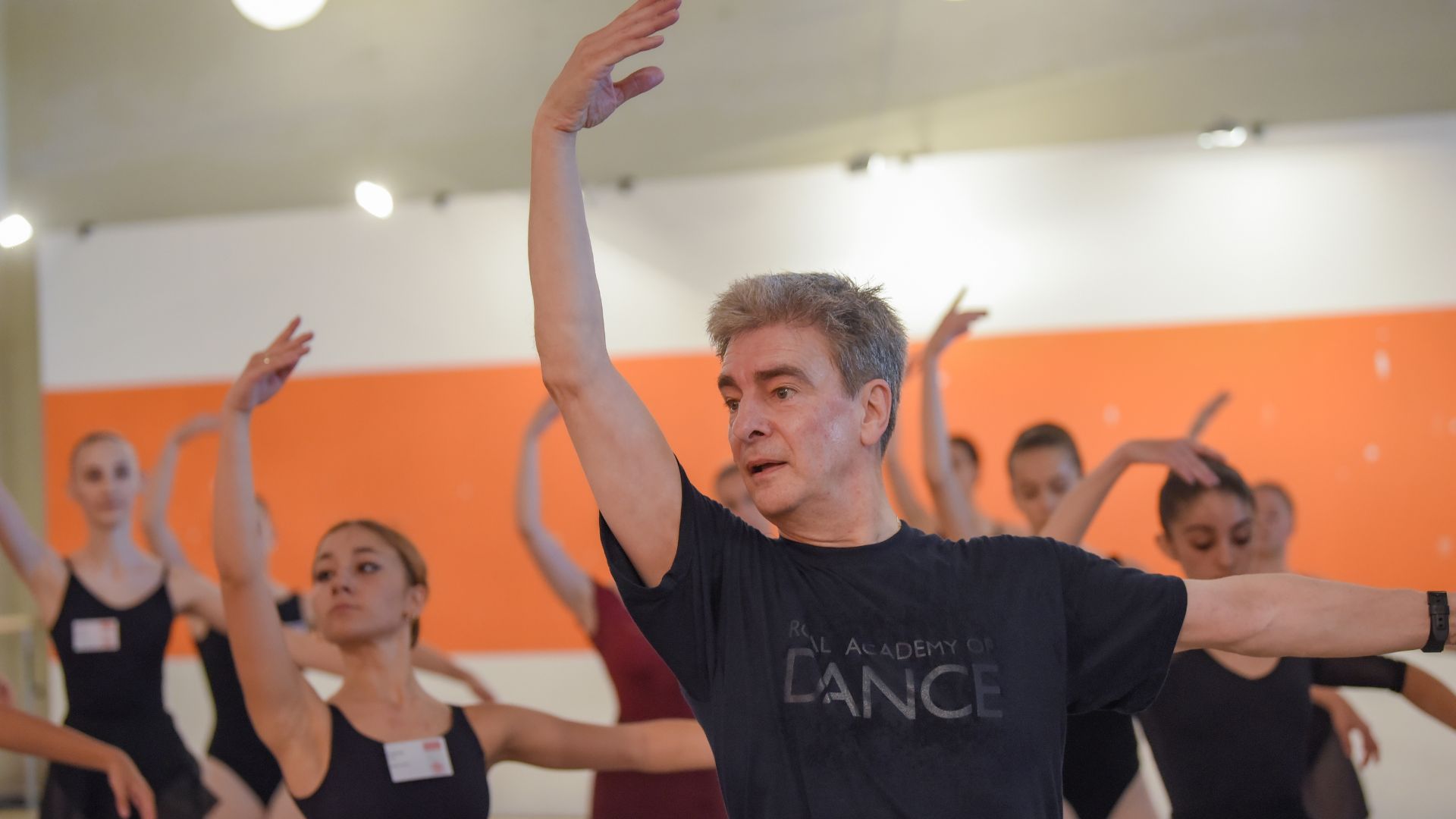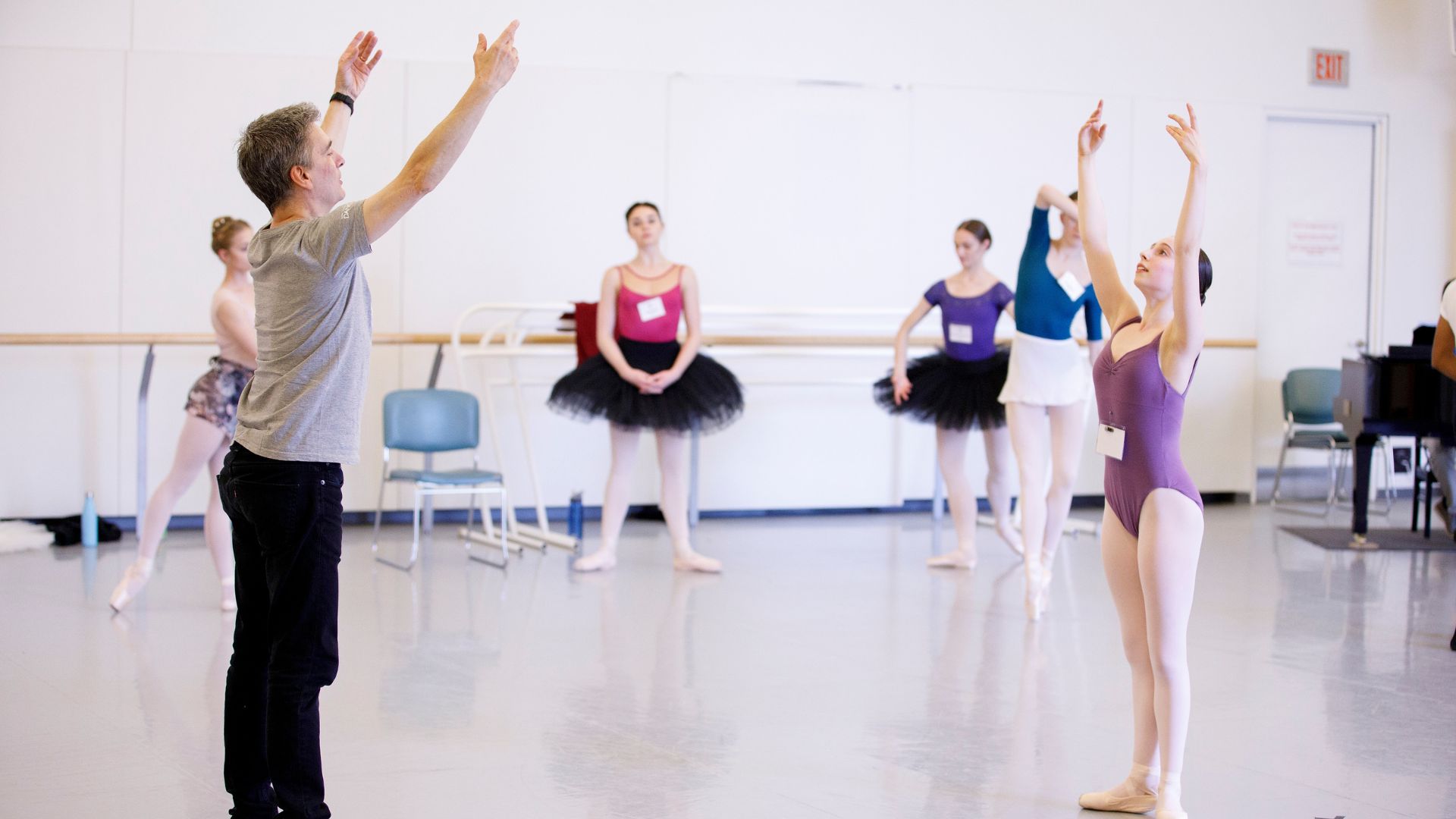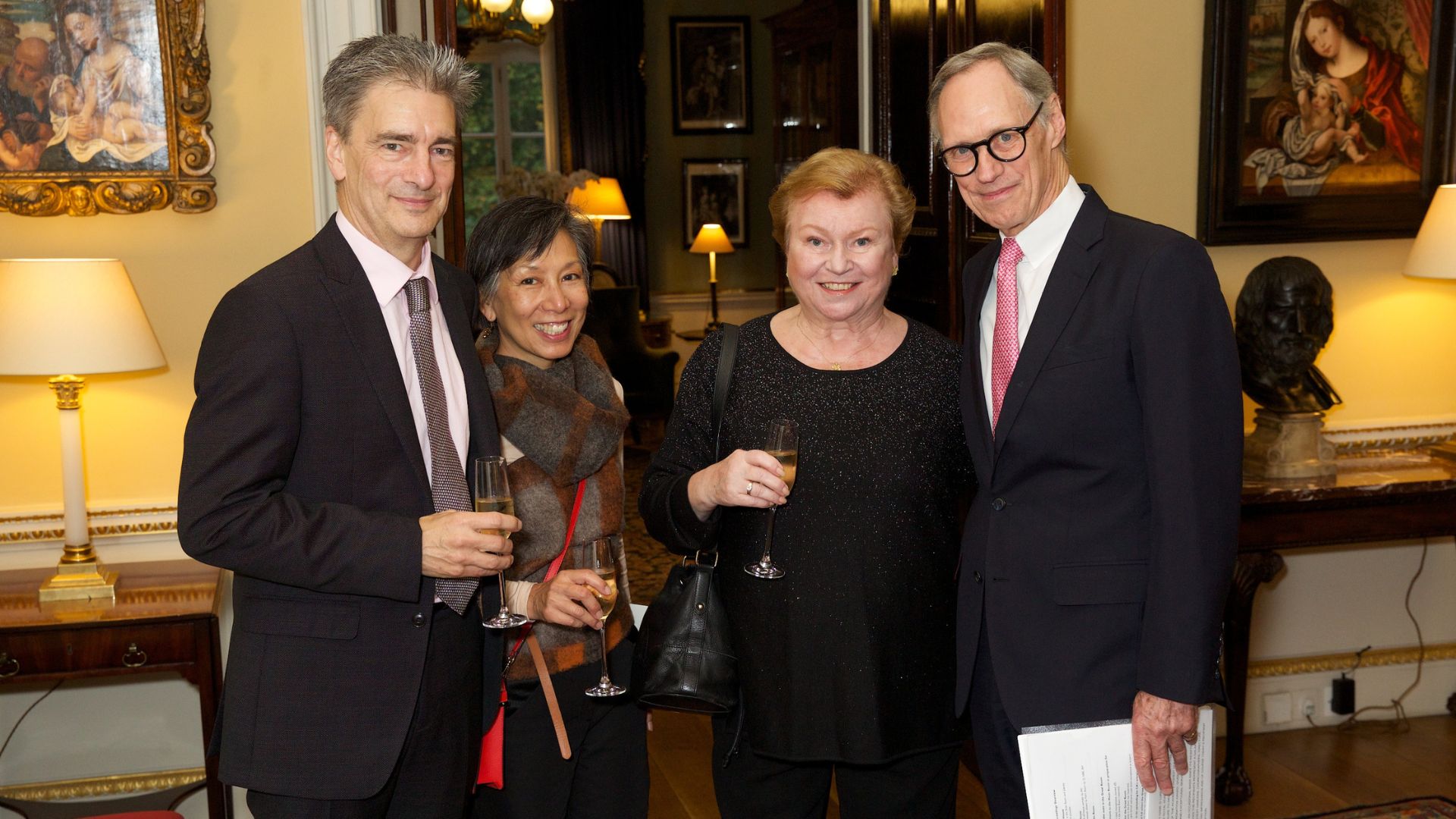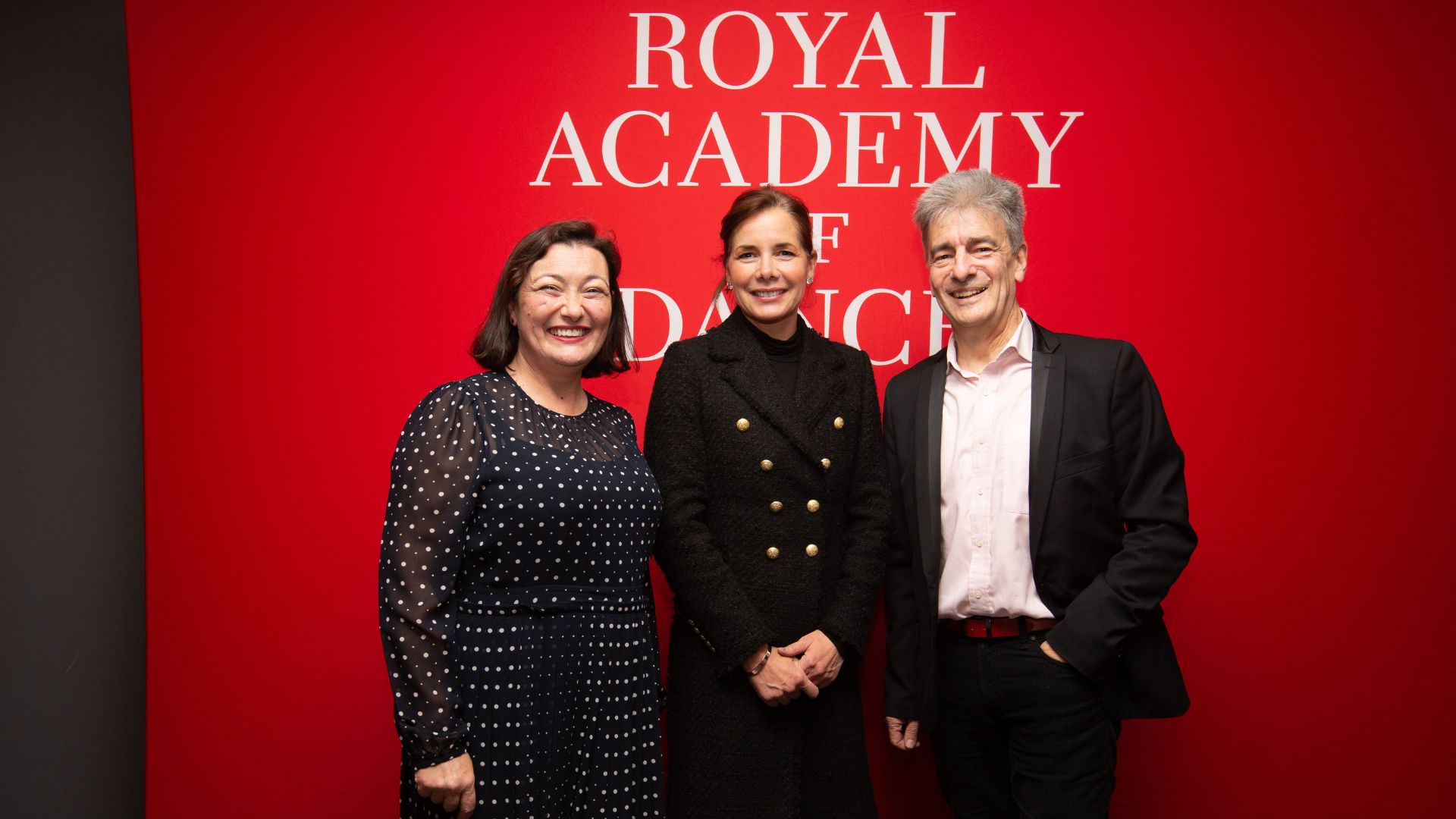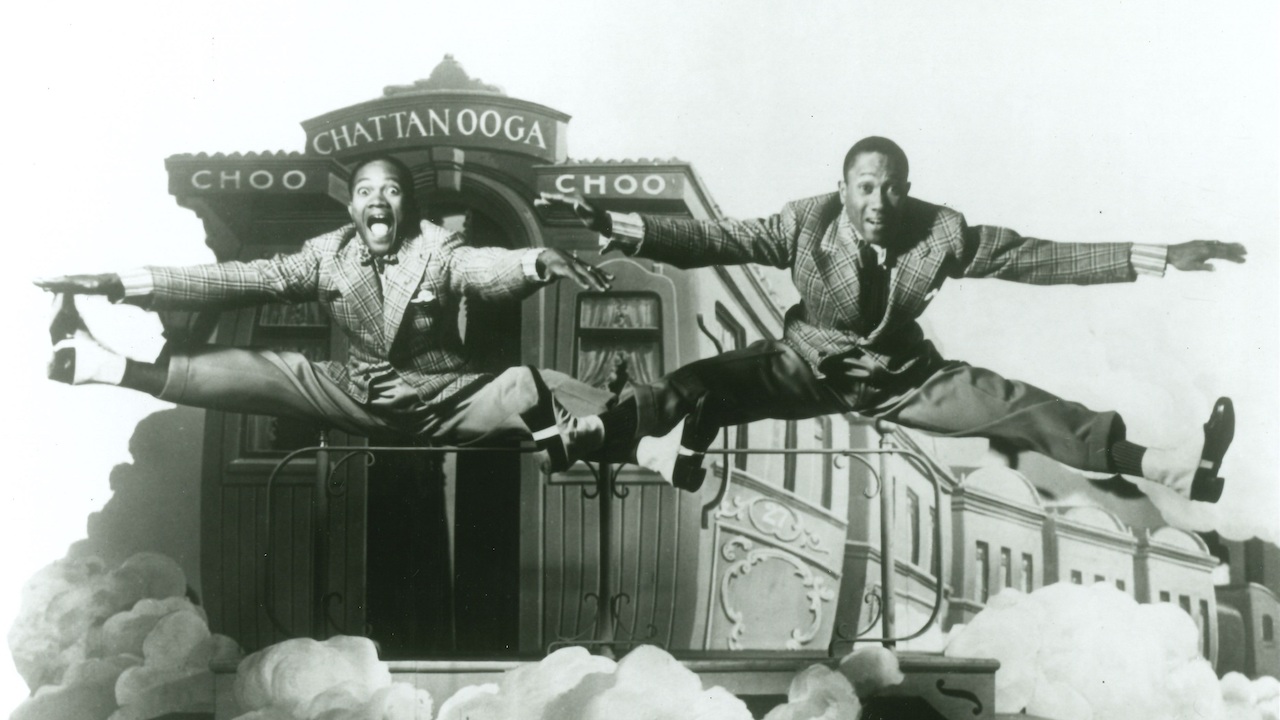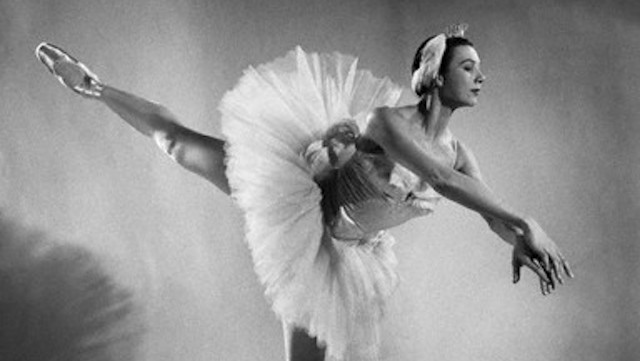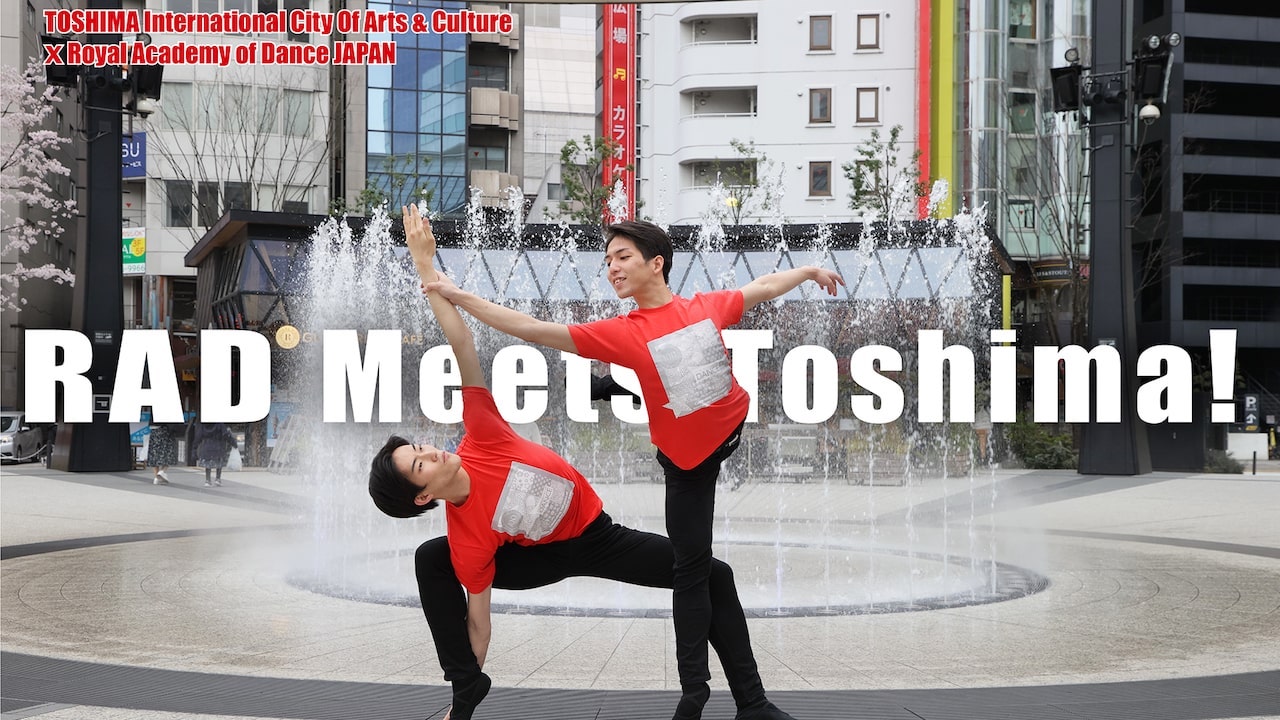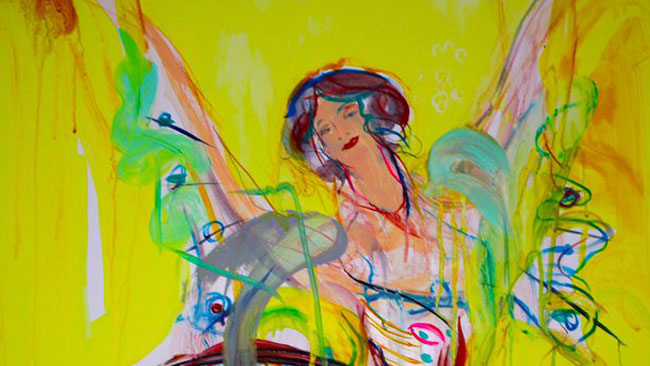As I left my office for the last time I was amazed at the wave of emotions that ran through me. In an organisation that is over 100 years old, my five years at the RAD (especially with the disruptions of the pandemic) may not seem a significant span of time.
Having semi-retired after a career of over 40 years in ballet, the opportunity to work at the RAD arose. I thought it a great chance to circle back to the country where my life and career in dance began, and by returning to my roots, I hoped to help develop fertile ground for the coming generations of dancers – and hopefully to contribute to building a better tomorrow for the world of ballet that had given me so much.
I had a pretty good base knowledge of the RAD, but my years here have proven that I only knew a small part of what it is, and what it can be. I am grateful for all I have learnt by working here and for getting to know those with similar passions for our art form. It has been an adventure, a whirlwind to the very last moment, and a pleasure to work with those who have stimulated and challenged me during my time at the RAD.
‘My personal reward has always been in finding ways to help others succeed’
GERARD CHARLES
My personal reward has always been in finding ways to help others succeed. We cannot make a difference alone, and most of the ideas I have been working towards came from others around the world as potential solutions to their concerns. Fully aware that our world is a different place than the one in which many of us grew up, we have worked hard to lay a groundwork to build a better future and hopefully provide a solid foundation to spur the RAD forward.
Although I regret retiring at a point when there is so much more to accomplish I realise that life is continually moving forward, and there will always be more to achieve. I thought the time right for someone else to champion the vital artistic goals of the RAD into the future.
I look forward to seeing the future successes of our teachers and students as they benefit from the support they will receive from the RAD.
In keeping with our ballet tradition, I end with offering you a grand reverence to say that what you have seen was for you – and thank you.

